aMOONite
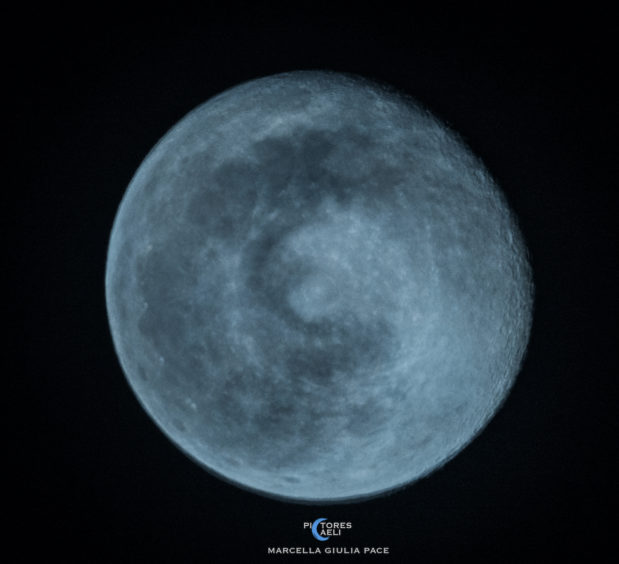
- aMOONite
Una curiosa forma di Ammonite è quella presentata in questa immagine in cui sono sovrapposte 7. Immagini di Luna riprese nell’arco di circa 6 ore.
L’effetto è dato dalla rotazione apparente, della Luna avente come perno il centro della superficie lunare esposta verso la Terra.
This “Ammonite” shaped image of the Moon is the result of 7 different overlapping images of the Moon taken for about 6 hours.
The effect is due to the apparent lunar rotation with the center of the lunar surface, exposed to Earth, as its pivot.
Apparente perché in realtà è l’osservatore sulla superfice terrestre ( alla mia latitudine) a ruotare assieme alla Terra e ad osservare quindi, durante la notte, ruotare la faccia visibile della Luna.
It is an apparent rotation, because it is actually the observer on the earth’s surface, at his latitude, to rotate together with the Earth and therefore observes the rotation of the visible face of the Moon, during the night.
A partire dalle 20:15 del 10 febbraio 2020, tenendo la macchina fotografica, su un 3 piedi parallela all’orizzonte, ho catturato la Luna ogni ora fino alle 2:15 dell’11 febbraio.
7 scatti che raccontano il differente orientamento della Luna mentre attraversa il cielo.
I shot the Moon every hour, from 20:15 on February 10, 2020 to 2:15 on February 11, 2020, with the camera mounted on a tripod to be parallel to the horizon.
These 7 shots show the different orientation of the Moon as it crosses the sky.
Nell’arco di 12 ore è possibile anche assistere, per un attento e scrupoloso osservatore, ad una tipologia di librazione definita “librazione diurna“.
Within 12 hours it is also possible to see, for a careful and scrupulous observer, a type of libration called “Diurnal Libration”.
Cosa è la librazione?
La luna è un satellite sincrono poiché il periodo di rotazione della Luna attorno al suo asse è uguale a quello di rivoluzione attorno alla Terra ed è per questo che, dalla Terra vediamo sempre la stessa faccia ma essendo che, per la I legge di Keplero, la Luna descrive un’orbita ellittica intorno alla Terra, ci sarà un momento in cui sarà più vicina (Perigeo) ed uno in cui sarà più lontana (Apogeo). E come enunciato dalla II legge di Keplero, quando è più vicina ruota più velocemente e quando è più lontana ruota più lentamente.
Questo fa sì che, mentre il movimento di rotazione della Luna mantiene una “conservazione del momento angolare” il movimento di rivoluzione della Luna attorno alla Terra non è costante.
Questa variabilità oltre a considerare che l’orbita della Luna è inclinata al piano eclittico e all’equatore terrestre di circa 5 gradi, crea dei movimenti (in longitudine e latitudine selenografica) detti Librazioni ci permettono di sbirciare un po’ più della Luna (il 59% della sua superficie rispetto al 50%) durante un mese Anomalistico (ovvero il tempo che la Luna impegna per passare da un Perigeo all’altro, circa 27,5 giorni).
The Moon is a synchronous satellite since the period of rotation around its axis is equal to that of the revolution around the Earth, which is why we always see the same face from the Earth. Now, according to Kepler’s I Law, there will be a time when the Moon, during its elliptical orbit around the Earth, will be closer (Perigee) and one when it will be further away from Earth (Apogee). And, as stated in Kepler’s II Law, when the Moon is closer, it will rotate faster and when it is farther away, it will rotate more slowly.
So, since the speed of revolution of the Moon around the Earth is not constant (this variability is called “Libration”), this will allow the observer to see a little more of one half of the lunar surface during an Anomalistic Month (i.e. the time that the Moon takes to pass from one Perigee to the other, that is about 27.5 days).
Seppur in maniera marginale, la posizione di un osservatore sulla Terra influenza la possibilità di osservare qualcosina in più (1°) della Luna nell’arco di 12 ore: al sorgere della Luna, si distingue un po ‘più della porzione est (o superiore) della luna; e quando è alta in cielo mostra un pò più della porzione ovest .
Now, while the Libration in latitude and longitude, normally takes about 27.5 Earth days (the days between 2 Perigee), a careful observer can identify a particular type of libration, called “Diurnal Libration”, also displayed within 12 hours. During 12 hours, the Diurnal Libration shows, in an almost imperceptible way, a further thinner portion of the Moon (about 1 °).
Qui è possibile tentare di cogliere, sia il passaggio di fase che, la librazione diurna tra la prima e l’ultima Luna (a distanza di 11 ore).
At the following link you can find the single images of the Moon that created the “Ammonite”, so that you can try to observe both the advancing phase and the Diurnal Libration.”
- 10/2/2020 8:19 pm
- 11/2/2020 7:15 am
In questo video ho “raddrizzato” le due lune per farle combaciare e quindi rendere più osservabile il confronto.

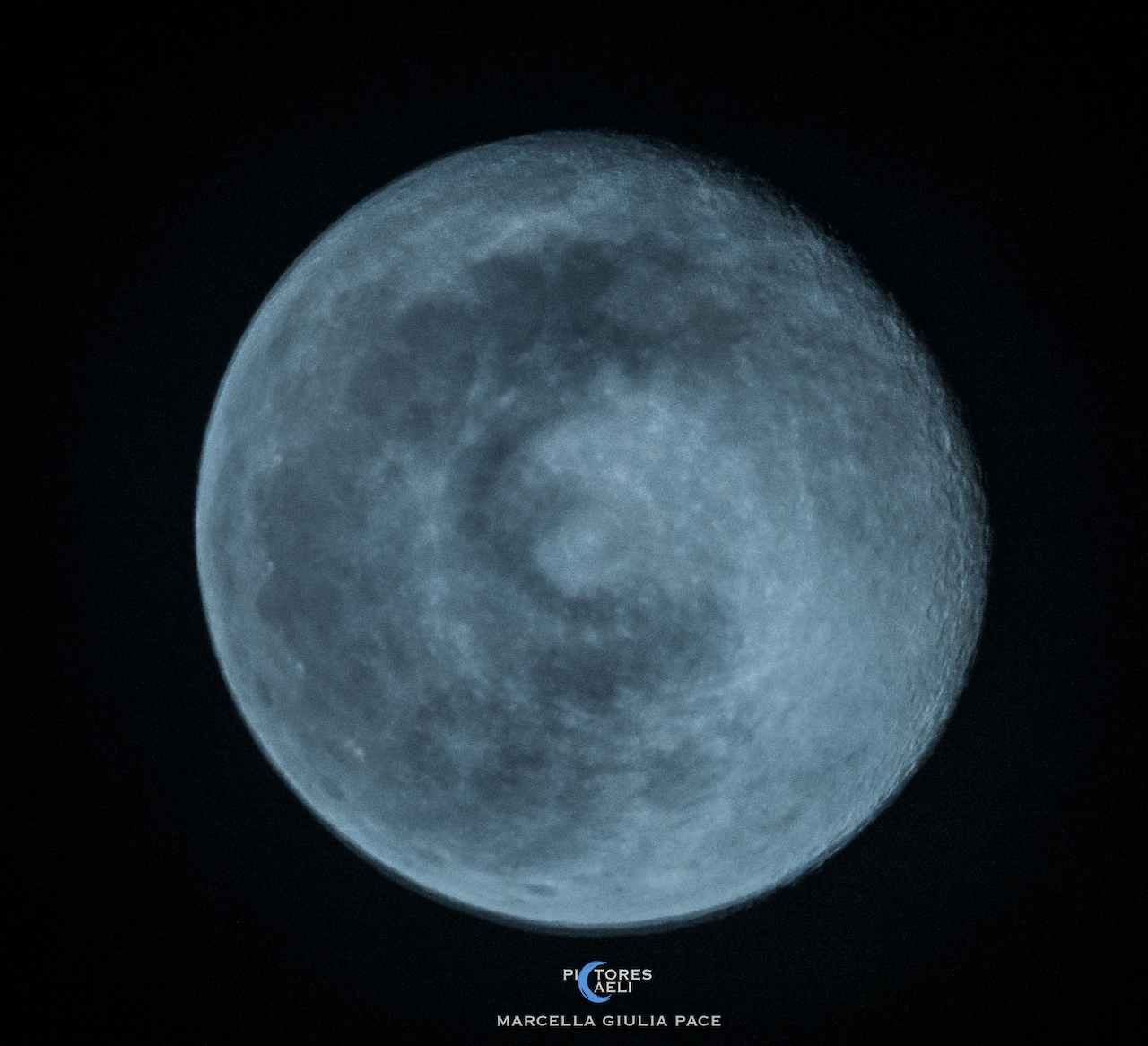


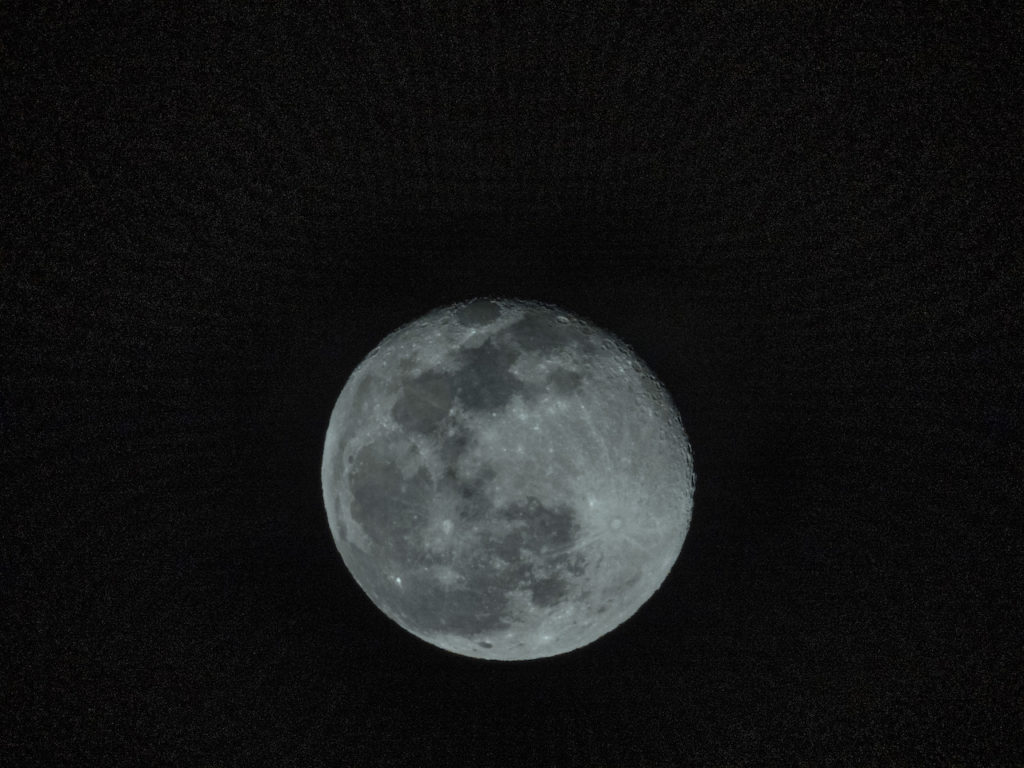
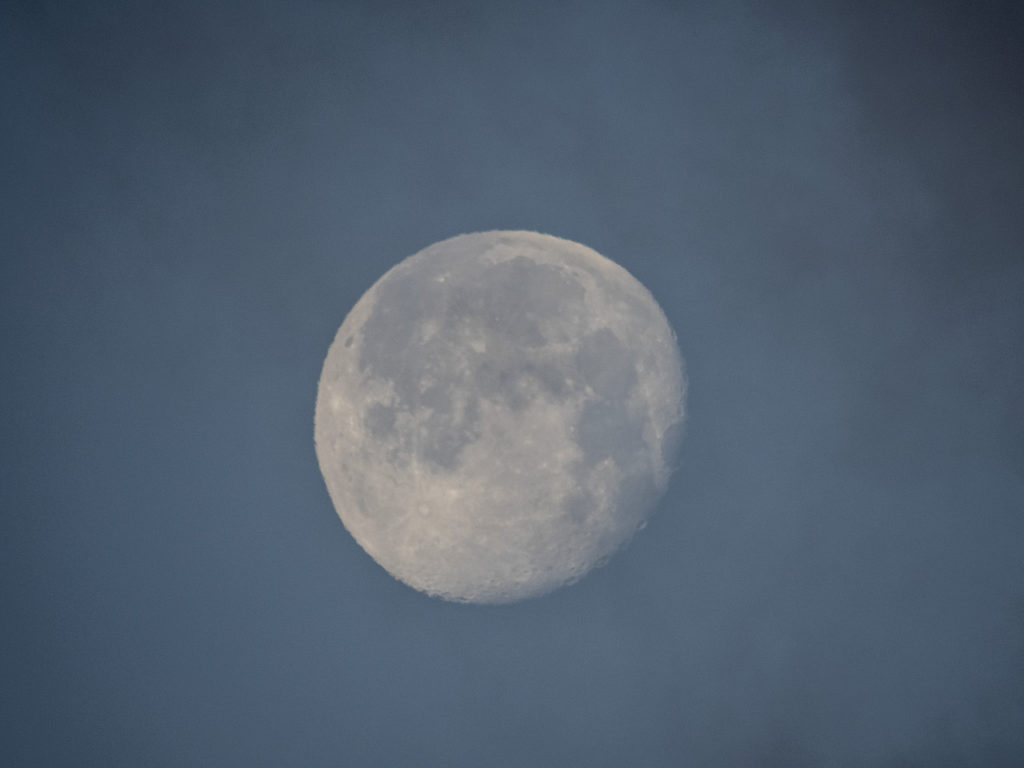


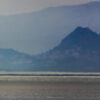
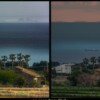
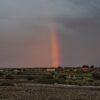
Recent Comments